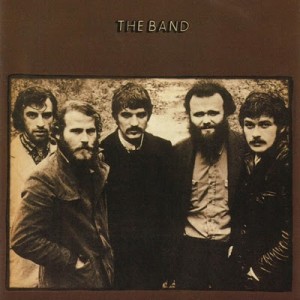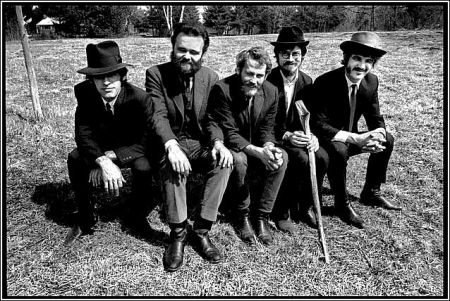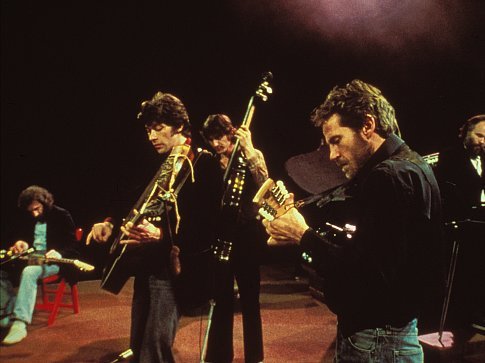
The Band's Eponymous Record Is Also Known As "The Brown Album"
One year after releasing a debut album that made them the talk among musicians everywhere, The Band was to release an album that would also made them the talk among the buying public. The year was 1969, and their eponymous disc was to produce their only top 30 hit in the US (“Up On Cripple Creek”), while the record also featured the successful European single “Rag Mama Rag”.
It is easy to see what the hoopla was all about. The group had crafted a quasi-conceptual album about Americana in which different characters came alive in songs where the history of the country was revised time and again, and a clear debt was paid to genres like ragtime, blues, gospel and (most of all) country.
That was specially palpable in compositions such as “The Night They Drove Old Dixie Down” and “King Harvest (Has Surely Come)”. “The Night They Drove Old Dixie Down” centered on the end of the Civil War, and its aftermath was seen through the eyes of different characters. A verse that mentioned Abraham Lincoln was not used – Robertson (the composer of the song) was advised to leave that out by Helm, the one American member of the band and a southerner at that – he hailed from Arkansas. I already posted the best live version of the song available as part of The Band’s general introduction, and what I would like to share with you now is the most famous cover of the song. The artist is no other than Joan Baez. Here you have the video:
Sharing this video is important since it truly brought the song to a wider audience in the same way that Smith’s cover of “The Weight” (featured on the “Easy Rider” soundtrack) became as popular as the original version itself. Continue reading


